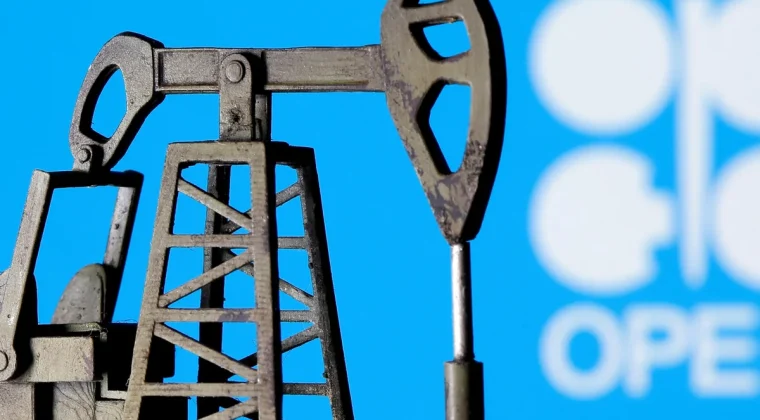-
- Trading Platforms
- PU Prime App
- MetaTrader 5
- MetaTrader 4
- PU Copy Trading
- Web Trader
- PU Social
-
- Trading Conditions
- Account Types
- Spreads, Costs & Swaps
- Deposits & Withdrawals
- Fee & Charges
- Trading Hours


Key Takeaways:
*Crude oil prices found support from surging summer demand and tight U.S. distillate stockpiles, reinforcing near-term bullish sentiment.
*OPEC+’s plan to unwind production cuts in August adds supply risk, though market tightness and geopolitical uncertainty may cap downside.
*Tariff-driven inflation and delayed Fed rate cuts have kept macro volatility high, anchoring oil in a range despite strong demand signals.
Market Summary:
Crude oil prices stabilized near $69 per barrel, reversing early-week losses as markets digested a complex mix of geopolitical risks, inventory dynamics, and evolving demand narratives. The rebound was supported by robust U.S. gasoline consumption post-July 4th and an 8.5% YoY surge in China’s June crude throughput, signaling stronger seasonal and structural demand than many had anticipated. A tentative ceasefire in the Middle East also eased some supply-side anxiety, though traders remain wary of lingering geopolitical tail risks.
Inventory trends continue to paint a bullish undertone. U.S. distillate stockpiles—particularly diesel—have fallen to their lowest levels since 2005, while global product inventories remain tight. This has prompted Goldman Sachs to upgrade its Brent forecast for H2 2025, though the bank remains cautious for 2026, citing possible demand erosion from prolonged trade uncertainty.
On the supply side, OPEC+’s decision to gradually unwind output cuts—starting with a 548,000 bpd increase in August—aligns with external political pressure, including calls from the Trump administration to lower energy costs. Nonetheless, underlying market tightness persists, and compliance remains a wildcard. Trump’s recent threat to impose tariffs on Russian oil further adds to the risk premium, though immediate supply disruptions appear limited.
From a macro lens, the broader energy complex remains caught between inflation-driven monetary policy uncertainty in the U.S. and the shifting geopolitical sands in Asia and the Middle East. With the Fed signaling caution amid rising CPI prints—2.7% YoY in June—rate cut expectations have been pushed back to September or beyond, creating a less supportive backdrop for oil bulls.
In the near term, crude is likely to trade within a $65–$72/bbl range, with directional momentum tied to U.S. inventory trends, OPEC+ discipline, and inflation surprises. A decisive breakout will likely require stronger evidence of supply undershoot or an unambiguous pivot by the Fed.
Crude oil prices continue to consolidate beneath the $68.60 resistance zone, failing to reclaim the upper bound of a recent range after a sharp selloff from July highs. Price action remains technically vulnerable, trading below all major moving averages with the 20-SMA capping upside near $67.40. The prior demand zone around $66.25 has offered some temporary support, but lack of bullish follow-through keeps downside risks in focus.
The structure remains broadly bearish following the breakdown from the $72–$75 congestion area, a former distribution zone now acting as resistance. A descending trendline from the June peak continues to suppress rallies, reinforcing the bearish trend bias.
Momentum indicators reflect persistent weakness. The Relative Strength Index (RSI) prints at 46, below the neutral 50 threshold, and shows no clear bullish divergence. Meanwhile, the MACD remains subdued, with both lines near the zero level and flattening — indicating a lack of conviction from either bulls or bears.
For a stronger bullish case to emerge, oil would need to break decisively above the $68.60 level and retest the $72.65 resistance zone. Until then, the path of least resistance remains tilted to the downside, with $66.25 and $62.70 acting as key support levels to monitor in the event of further weakness.
Resistance Levels: 68.60, 72.65
Support Levels: 66.25, 62.70


Trade forex, indices, metal, and more at industry-low spreads and lightning-fast execution.
Sign up for a PU Prime Live Account with our hassle-free process.
Effortlessly fund your account with a wide range of channels and accepted currencies.
Access hundreds of instruments under market-leading trading conditions.